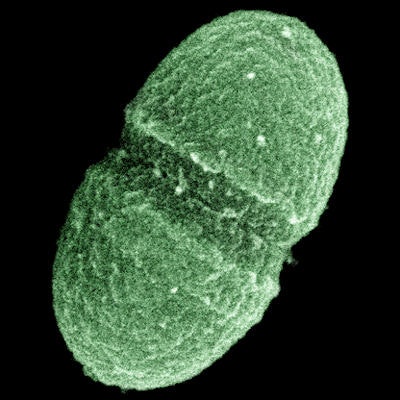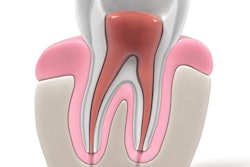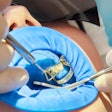
Are newer root canal instruments and procedures more effective at eliminating bacteria than their predecessors? Studies presented on April 26 at the 2018 American Association of Endodontists annual meeting (AAE18) in Denver investigated the success of newer file and debridement technologies at reducing bacterial load in vitro.
One study compared the efficacy of newer 3D shaping file systems with conventional rotary instrumentation on reducing Enterococcus faecalis in the mesial canals and isthmus of extracted molars, while another evaluated the effectiveness of various debridement methods at reducing E. faecalis biofilm in the root canals of extracted teeth.
The researchers found that one of the 3D shapers significantly reduced the amount of E. faecalis biofilm but no difference in bacterial load reduction with various irrigation protocols.
Is 3D better?
The shape and movement sequence of newer 3D file systems are designed to promote the disinfection of root canals, according to the researchers who conducted the study on file systems. Sara Markovic, DDS, an endodontic resident at the University of Florida in Gainesville, presented their findings in a poster presentation at AAE18.
In their study, Dr. Markovic and her colleagues tested the effectiveness of the more recently introduced file systems, XP-3D Shaper (Brasseler) and TRUShape 3D Conforming Files (Dentsply Sirona), and the conventional rotary EndoSequence (Brasseler) at reducing E. faecalis biofilm in 34 extracted human mandibular molars.
After sectioning the crown of each tooth to a working length of 15 mm, they sterilized the teeth and inoculated them with a standardized amount of the E. faecalis OG1RF strain and incubated them under anaerobic conditions for 12 days.
The researchers set aside four teeth as controls: Two were not treated with bacteria, and two did not undergo instrumentation but did receive irrigation. Then, they randomly divided the remaining 30 teeth to treatment with one of the three file systems.
They instrumented each mesial canal to size #30, 0.06 taper using 15 strokes with the file system to which they were assigned and used 3 mLl of saline as an irrigant solution. They collected samples before and after instrumentation by placing paper points in the isthmus, mesiobuccal, and mesiolingual canals for 30 seconds and subsequently analyzed them.
The researchers found a statistically significant reduction in E. faecalis biofilm only in the TRUShape file group and no difference between the XP-3D and EndoSequence groups.
"TRUShape promoted significantly more E. faecalis biofilm reduction when compared to the other systems," they concluded.
Debride which way?
The main purpose of root canal treatment is eliminating bacterial load in the canal through chemomechanical debridement, although complete removal is difficult due to the complexity of canal anatomy, according to the authors of the second study that examined the efficacy of various debridement methods. They were based at the University of Illinois at Chicago and led by Manila Joshi, DDS, who is now an endodontist in Bethesda, MD.
The researchers evaluated the effectiveness of four irrigation strategies at reducing E. faecalis biofilm in 40 extracted teeth with single canals: conventional needle, passive ultrasonic, EndoVac (Kerr Dental), or a combination of passive ultrasonic and EndoVac.
"We wanted to know if the debridement efficacy of the combination of EndoVac and passive ultrasonic irrigation is better than either alone," co-author Qian Xie, DDS, PhD, told DrBicuspid.com. She is an assistant professor at the University of Illinois at Chicago College of Dentistry.
The researchers cleaned the teeth and sectioned the coronal portion of each to produce a root length of 16 mm. They cultured the teeth with E. faecalis for 28 days and then randomly assigned them to one of the treatment groups.
All teeth underwent instrumentation to size 35/.04 and irrigation with their assigned protocol using 5.25% sodium hypochlorite and 17% ethylenediaminetetraacetic acid as irrigation solutions.
The investigators took bacterial samples from all the teeth before and after instrumentation. They found that bacterial growth before instrumentation was homogeneous, and there was no difference between the treatment groups after instrumentation.
'There was no difference between the groups, and needle irrigation is as effective as the others” under the study’s experimental conditions, Dr. Xie told DrBicuspid.com.
She and her colleagues had expected to find that the combination of EndoVac and passive ultrasonic irrigation would be better than either of the procedures alone.
"We need more evidence to show the efficacy of EndoVac," Dr. Xie concluded.



















